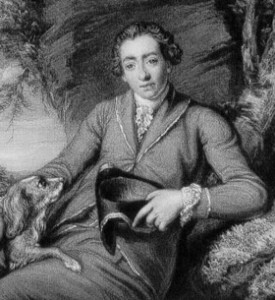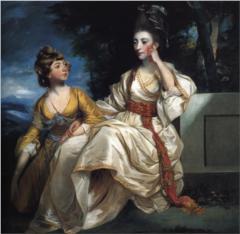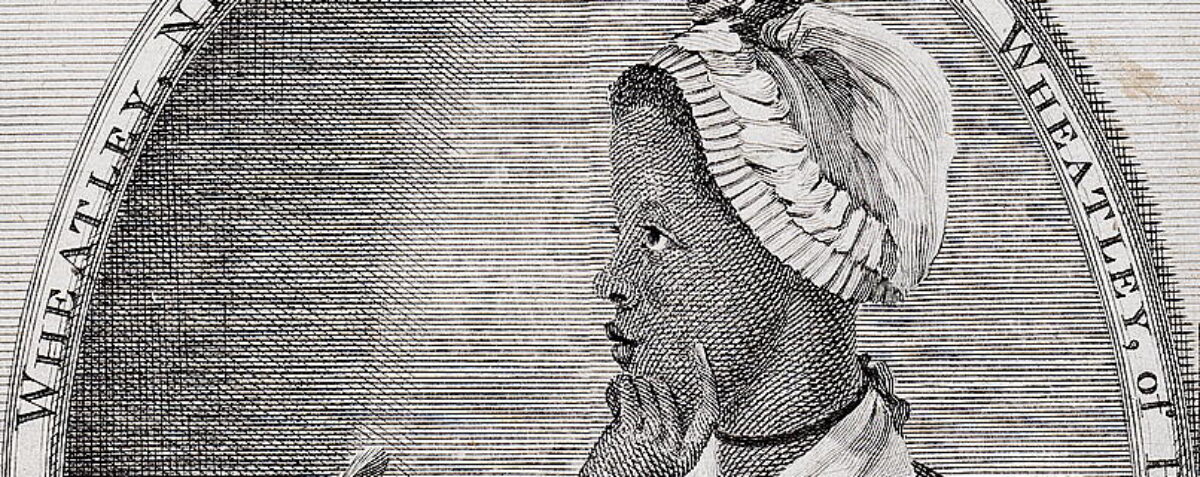This poem was written by Samuel Johnson in a private letter to Hester Thrale, a prominent figure of the time who was close to Johnson. “To Sir John Lade” is an occasional poem, or a poem written to commemorate a particular event–in this case, the twenty-first birthday of Sir John Lade, Thrale’s nephew. On his birthday, Lade was to inherit his father’s property. In the poem, Johnson gives Lade advice on what to do with the fortune he is about to receive, which, ironically, Lade squandered many years after Johnson’s death. Although the poem seems lighthearted, the tone is, in fact, quite sarcastic. Certain points throughout the poem illuminate Johnson’s warning to Sir John about the folly of wealth.
“To Sir John Lade” appears to be in trochaic tetrameter, which enhances the poem’s playful tone. Upon closer examination, however, it becomes clear that the poem is actually made up of alternating eight syllable and seven syllable lines. Thus, the expected tetrameter line is incomplete, possibly signifying a lack of sincerity on the part of the poet. The rhyme scheme is an alternating rhyme, ABAB. The final line of the poem, which does not fit the rhyme scheme but is a slant rhyme (waste/last), further exemplifies this notion of incompletion. This slant rhyme encourages the reader to stop and reread the shocking final line of the poem, which expresses the poet’s true intent.
Readers should be aware that this poem was not originally titled by Johnson. The working title here, “To Sir John Lade on His Coming of Age,” was a title given by editors. This poem has also been titled “A Short Song of Congratulation.”


Bibliography:
Greene, Donald, ed. Samuel Johnson: The Major Works. New York: Oxford University Press, 1984. Print.


